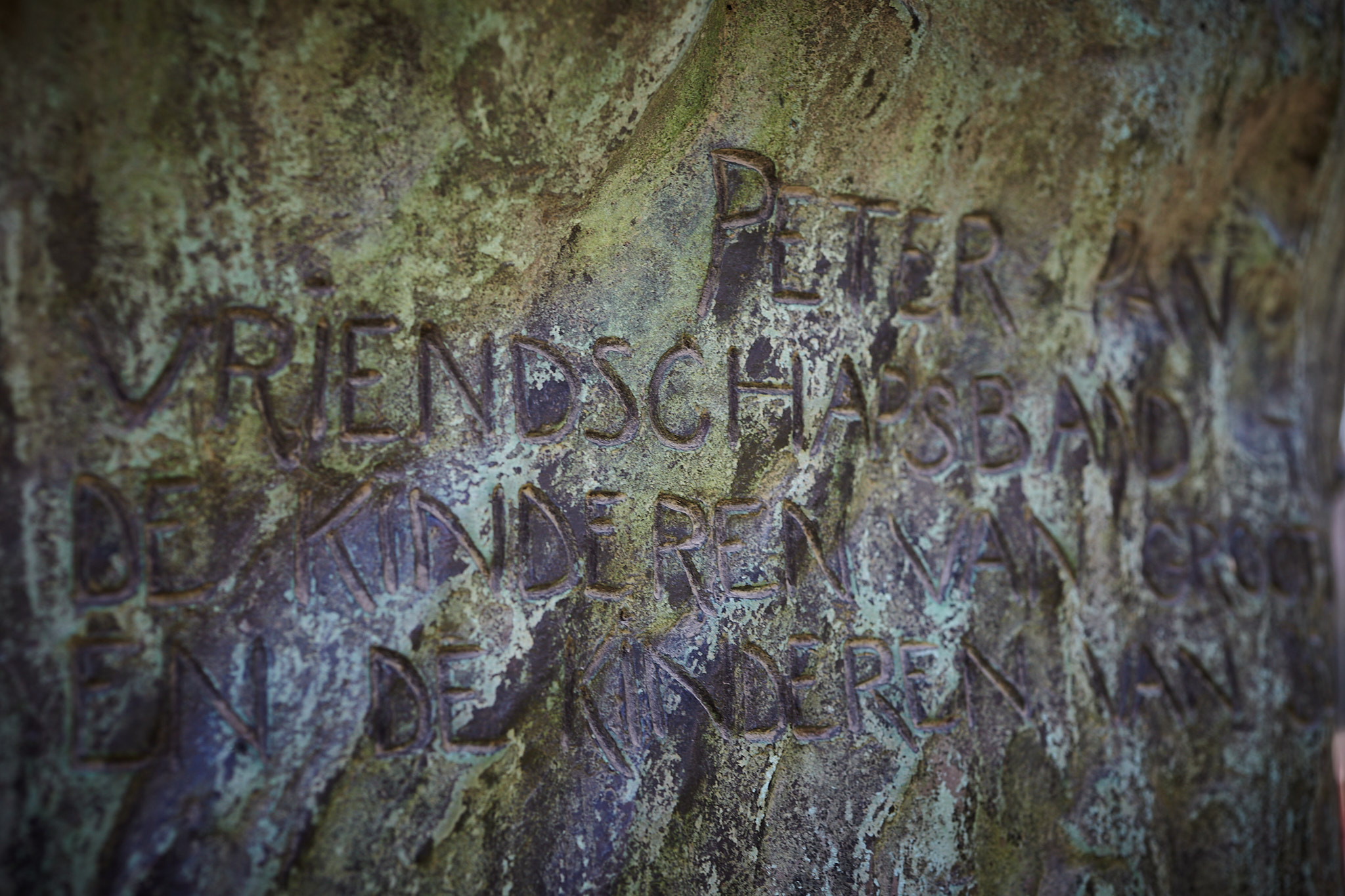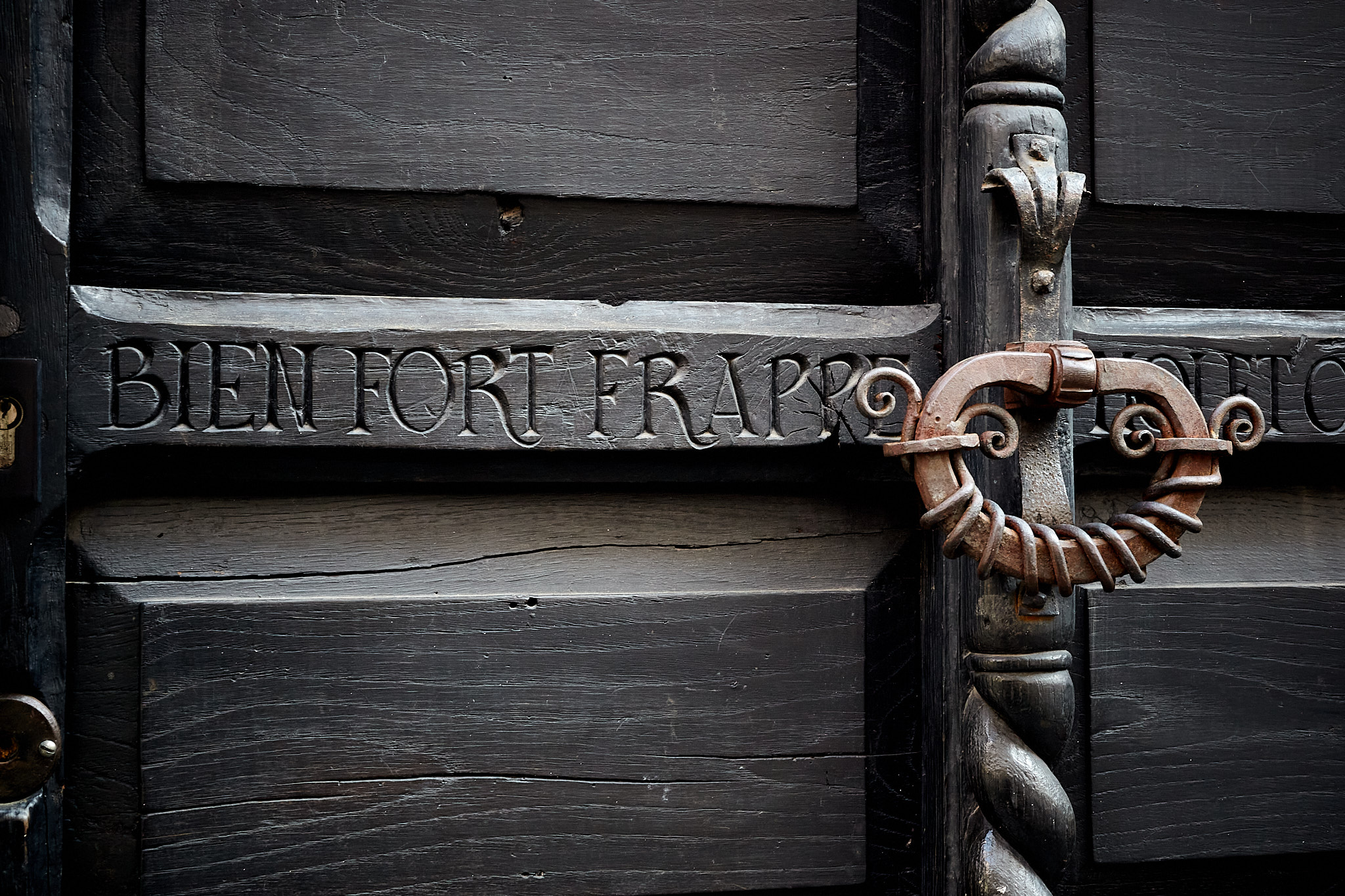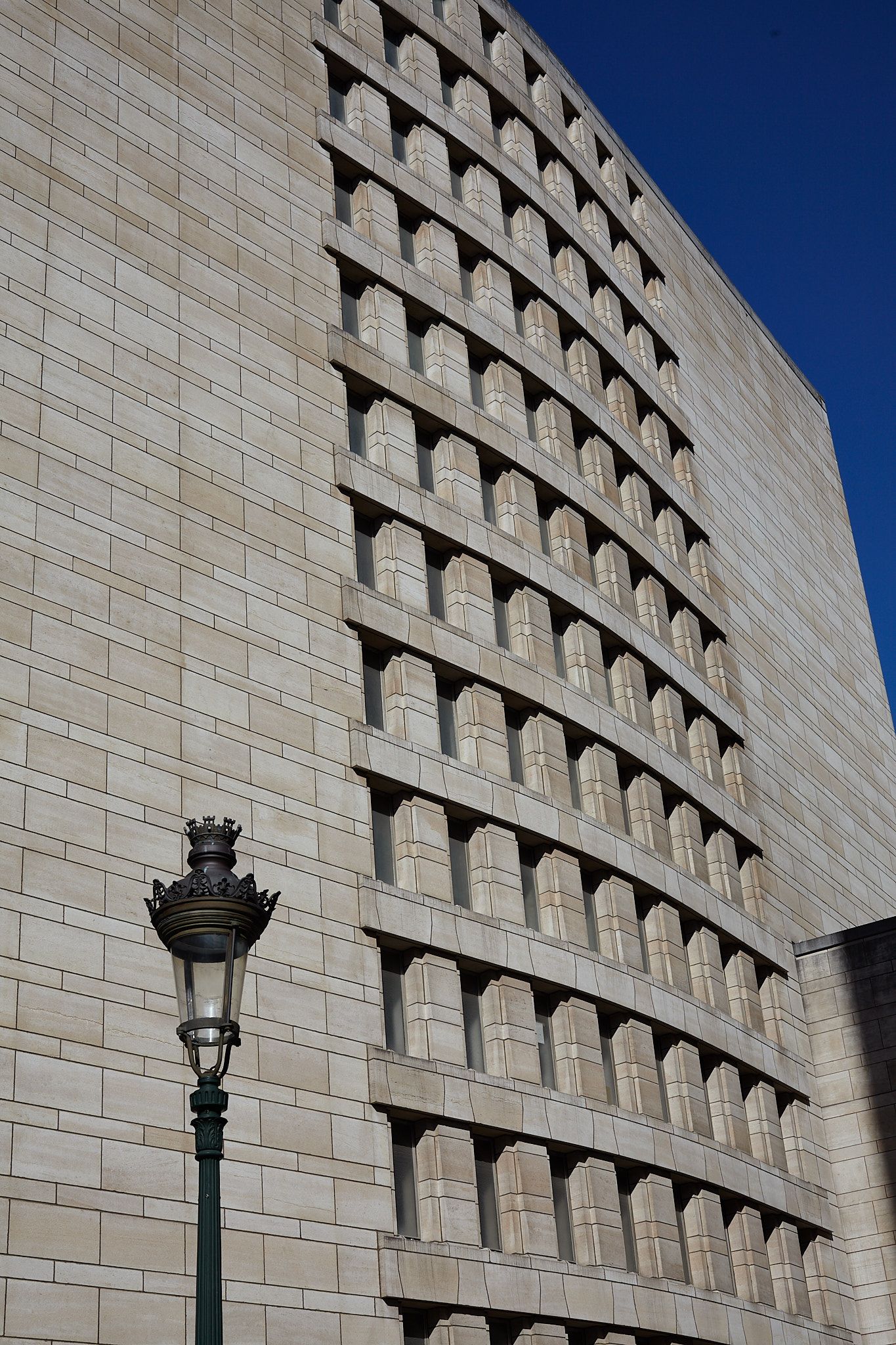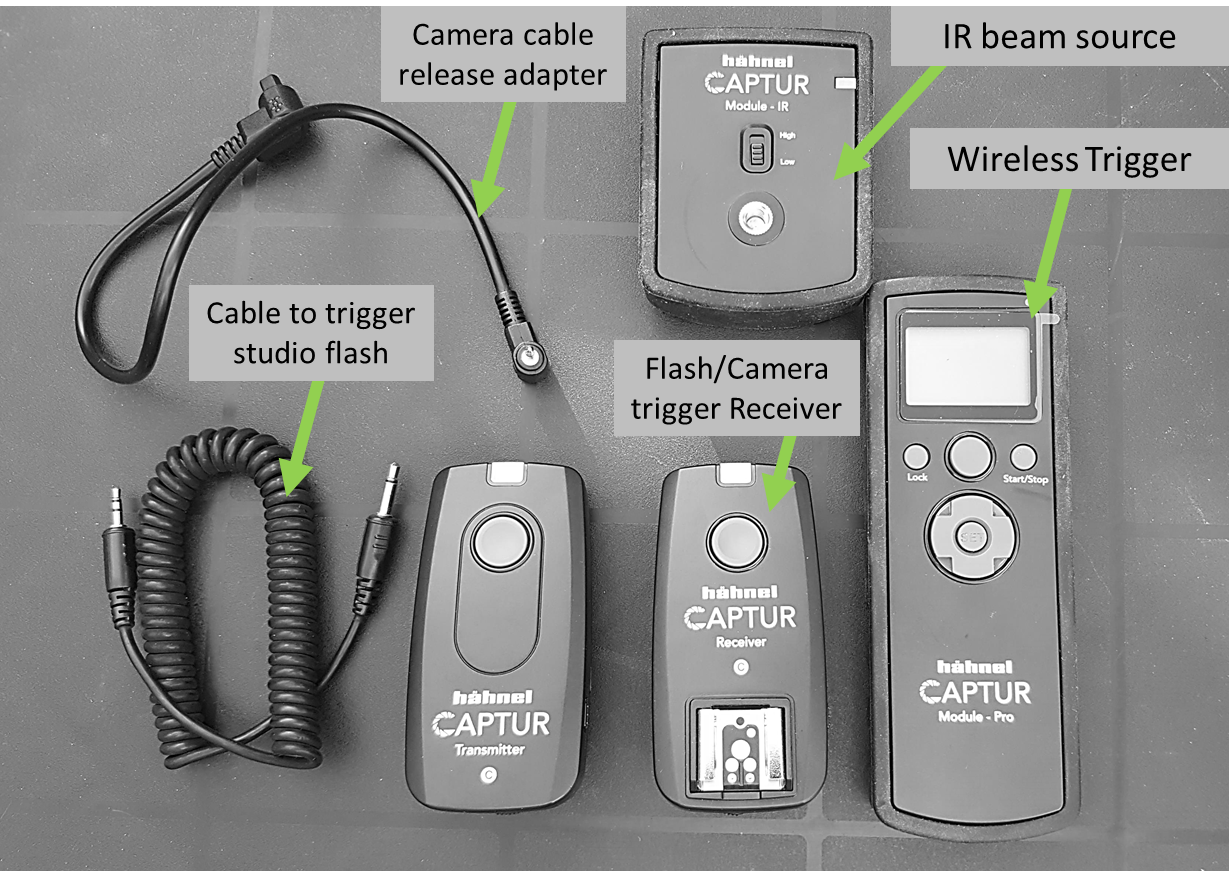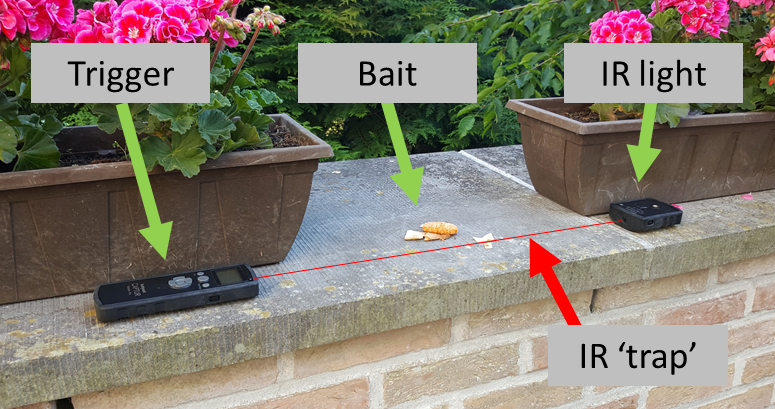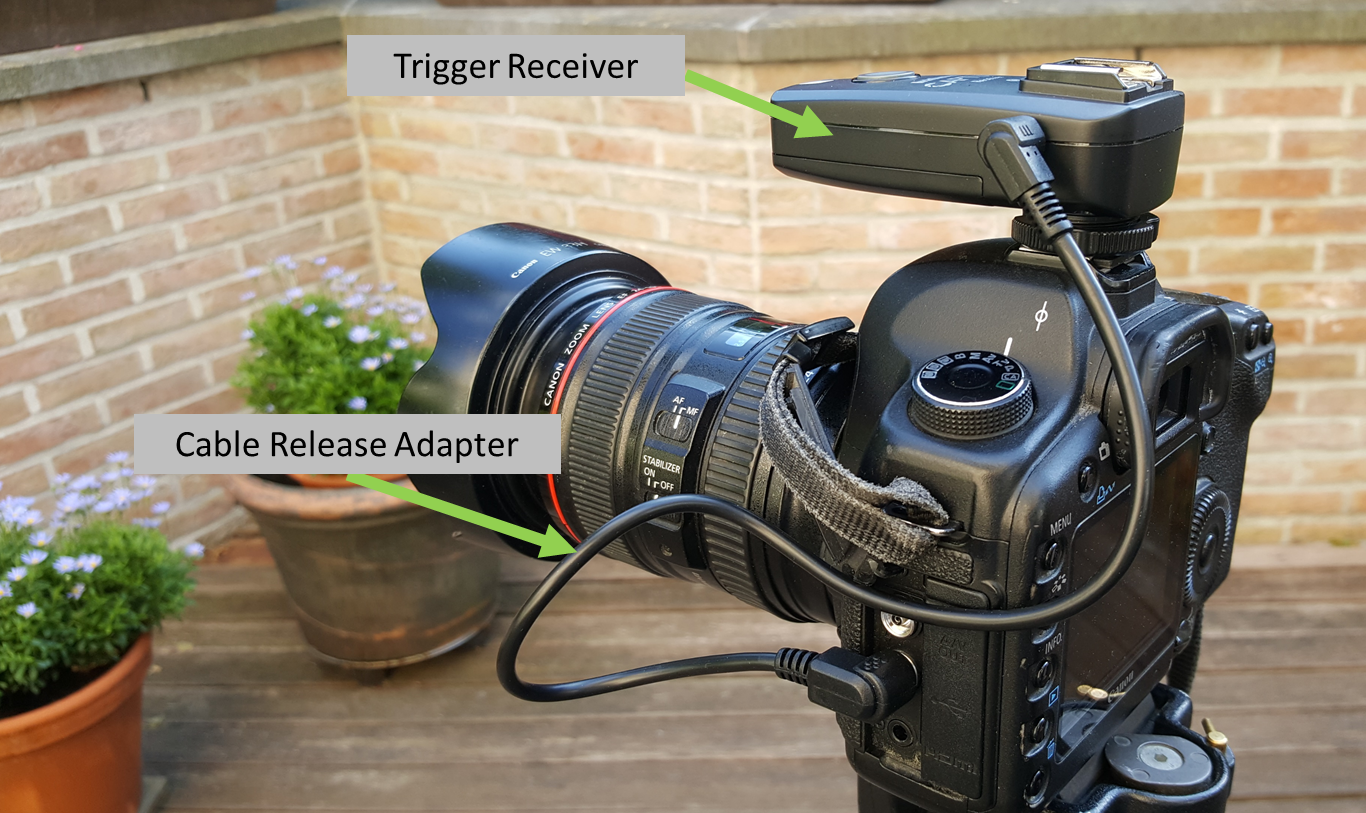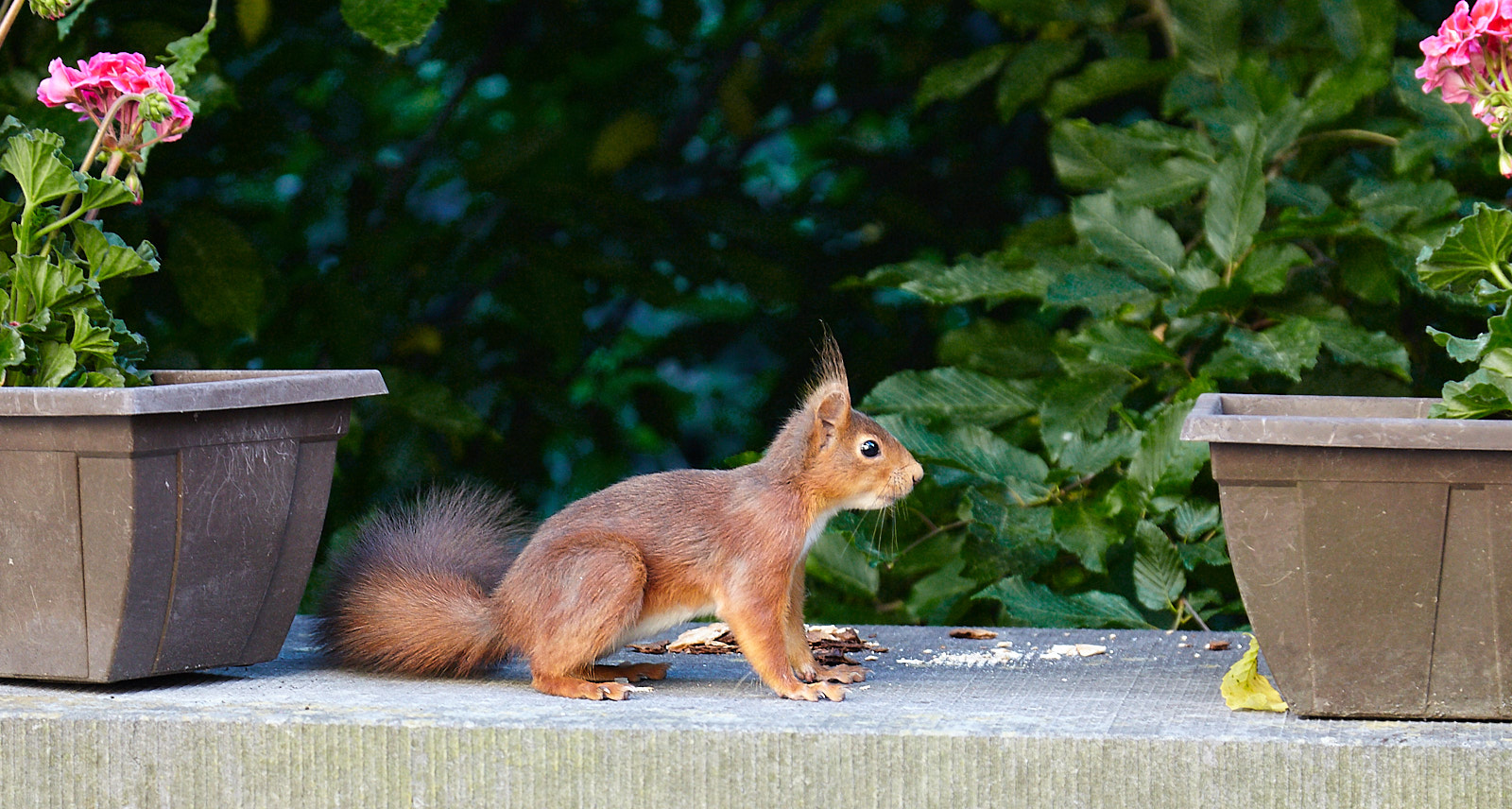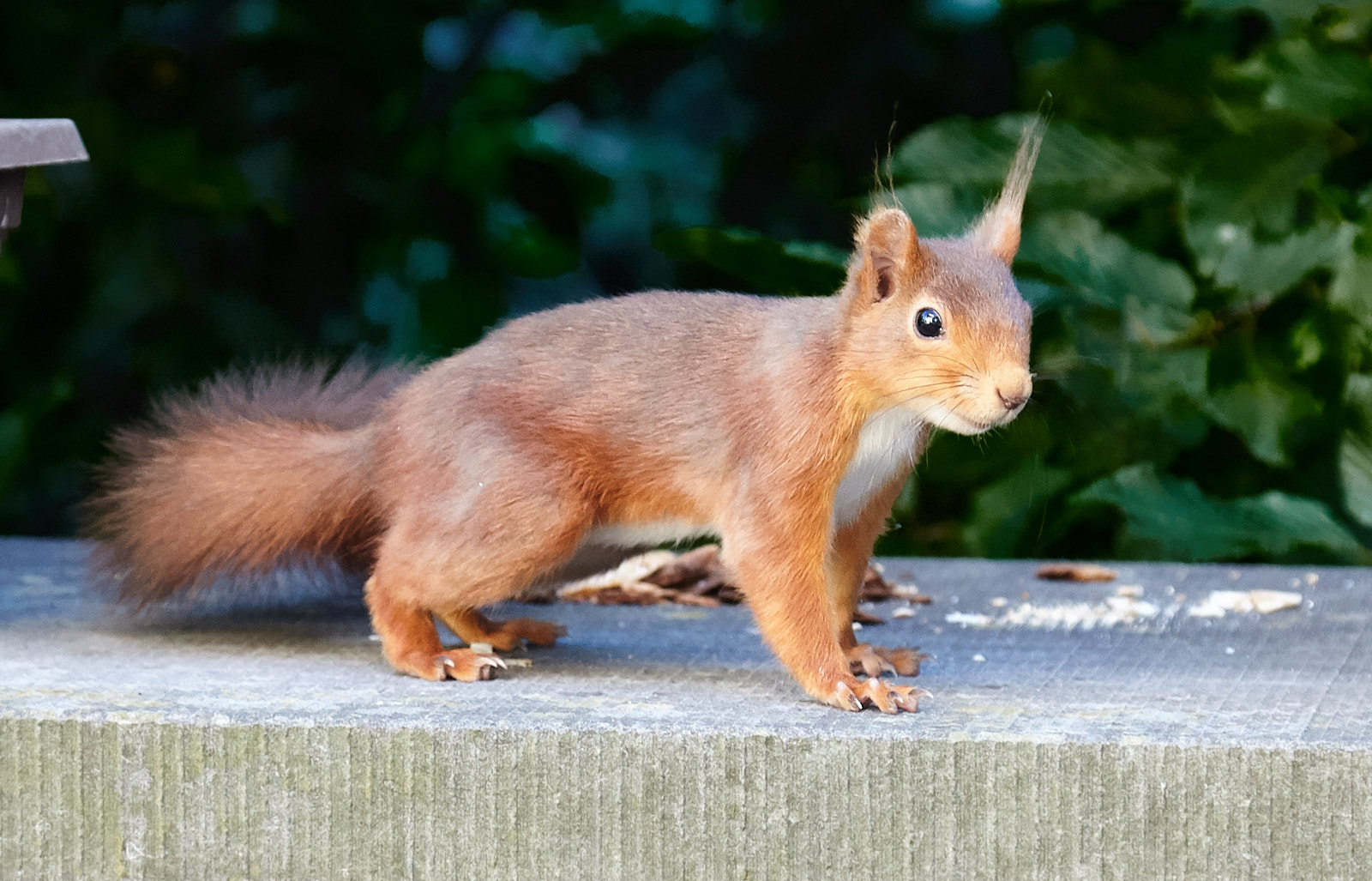(Someone providing feedback about the Viewfinders newsletter suggested members discussing their photography gear. Sounds like a good idea, so here we go.)
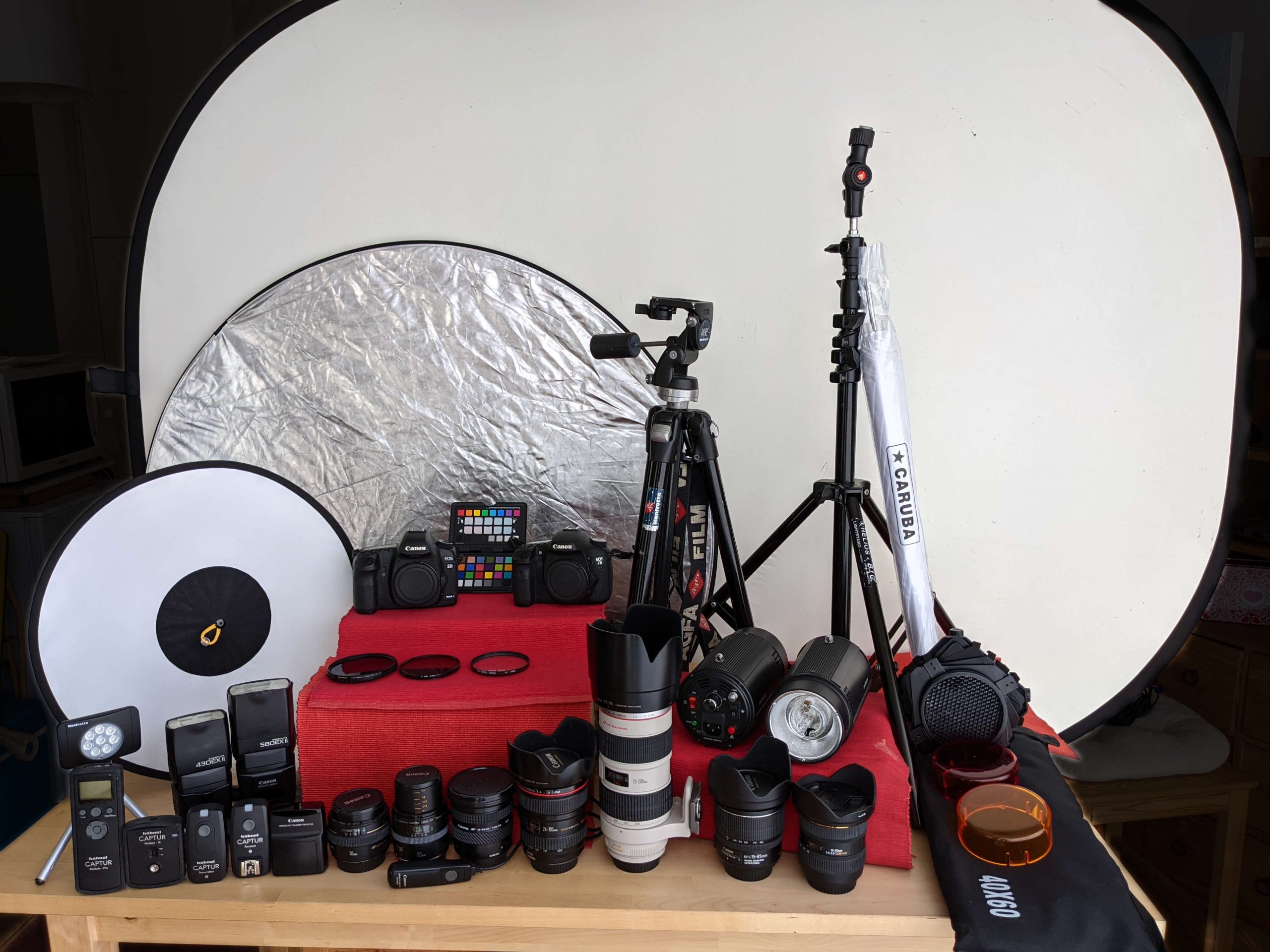
All My Kit (Smartphone photo)
My kit.
Before talking kit, let’s look at what I do, photographically. Next to being active in Viewfinders, I have a family that includes five grandchildren, so you can image there’s a lot of family photography in my life right now. Next to this, I have a day job in Communications, for which I do event shoots and some portraiture work, and this day job also allows me to continue (as a partial independent) a photography business I set up a long time ago as a means of supporting myself when I was suddenly laid off by my then employer. Mostly events photography, but some portratiture and increasingly, photos of artwork for catalogues etc… Because of the busy life (and covid), not a lot happens with that line right now, but when it does it is still important for me to be able to trust my kit. (As most working photographers know, you are only as good as your last gig so you gotta gettit right…).
That said, I am not really a kit geek. I have a set of reasonably good items that fit all but the most peculiar of tasks I need to do, be they for business or pleasure.
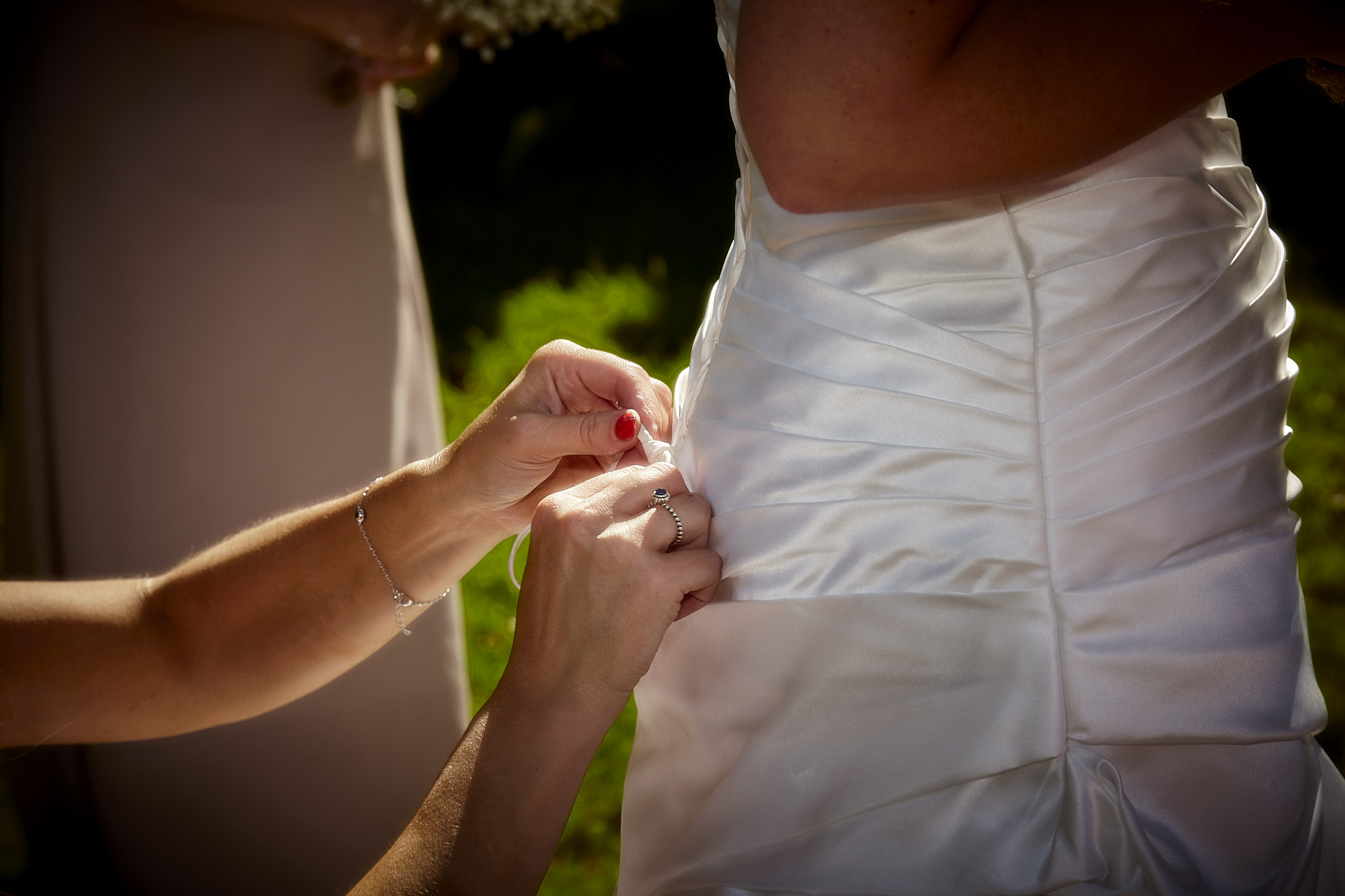
24-105mm f4 IS L
Bodies. As working camera, I have a Canon 5D Mk II. Already several years old, it is still proving to be as quick and as reliable as ever and (with 20 Mpx and some good optics) gives more than adequate quality for the type of work I do. It’s a very good all-round DSLR without many frills (which I wouldn’t use anyway), though is – like any DSLR – a little on the bulky side if you compare it with some recent mirrorless models. But as I said: most important is that it is fast and consistently reliable. I have a 7D kit as backup, too.

70-200mm f2.8 IS L
Optics. Most of the time (>95%), my kit is the 5D with Canon 24-105 mm f4 L IS (which works great on the 7D too). Beautifully sharp, and the slightly longer “reach” means I don’t need to change lenses so often. When I do, it’s most often for a Canon 70-20mm f2.8 L IS, though sometimes I do use a Tokina 19-35mm, or my recently acquired Canon 50mm f2.5 macro prime (I also have a 50mm f1.4 which is now redundant – any reasonable offer accepted). I often use a circular polariser, too (‘slim’ version for the wide angles, which fits all my main lenses).

50mm f2.5 macro
Lights. I have 2 Canon speedlights (plus one recently dead one – needs repair) and the special Canon ST-2 remote trigger, plus a very fun remote trigger/camera release kit from Hähnel (remember the squirrel?) One handy modifier I use quite a lot for portraits is a “beauty-dish”-like soft-box made by Roundflash, as well as some stands, umbrellas and backgrounds (inexpensive ones – these things have a tough life: my big background needs replacing). Oh, and two very cheap but remarkably good studio flash heads, which are small enough to be portable (useful for some of the jobs I do). I also have a tripod (Manfrotto), a remote release (cable and IR), and a monopod that I never use these days.
With this kit, I seldom find myself wanting for more. One item I would consider is a good, very wide-angle lens for full frame (like 10mm).
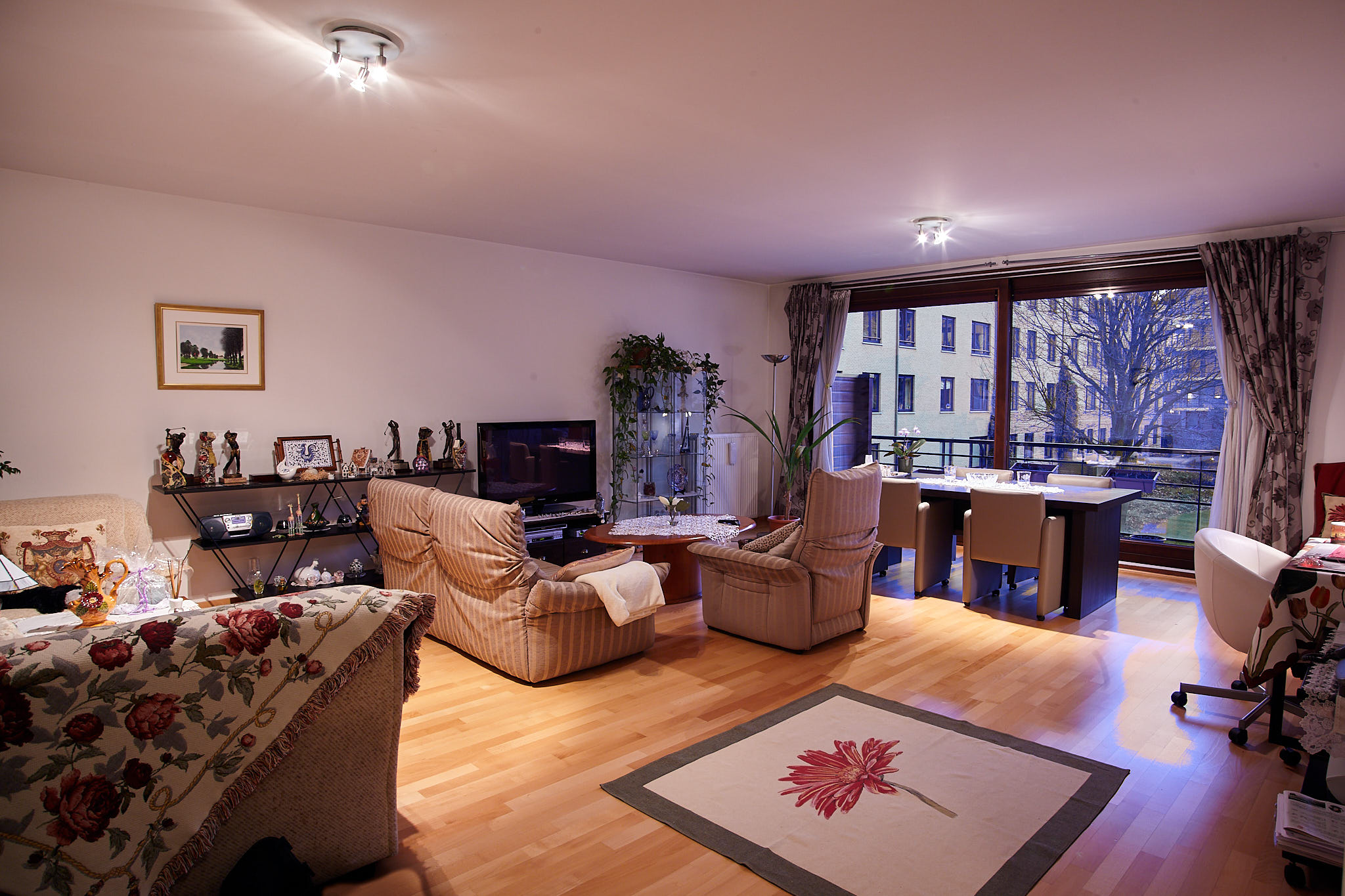
Tokina 19-35 mm
For processing I use Capture One Pro by Phase One. This is the real bee’s knees of raw image processors and the support for Canon is very good (I just can’t get on with Adobe software I’m afraid – it’s an engineer thing, don’t worry about it). I use X-Rite Color-checker Passport and Color-Munki for camera and monitor calibration/profiling.
Best accessory – Roundflash Dish: Worst buy: variable ND filter (it polarises, so shows strange dark areas, except on long lenses)
Et voilà – my kit, takes lovely photos and is good on the job too. Me happy…
Kit List
Cameras:
Canon 5D Mk-II, Canon 7D
Lenses:
Canon 70-200mm f2.8 IS L, Canon 24-105 mm f4 IS L, Canon 50mm f2.5 macro, Canon 50mm f1.4 Tokina 19-35mm
Canon EF-S 55-85 kit lens and Sigma 10-20mm (EF-S mount, for 7D)
Accessories:
Circular Polariser, UV filter, Variable ND filter
Canon cable release + IR
X-rite Colorchecker Passport
Tripod (Manfrotto)
Lights:
Canon 430 EX + 580 EX-II speedlights
QS-DGS150 flash heads
Mini Manfrotto LED light
Canon ST-2 remote trigger, Hähnel “Captur Pro” remote flash/camera trigger kit
Light Accessories:
Foldable Backdrop
Roundflash “dish” speedlight diffuser
Reflector (5 colours including black)
Umbrellas (Several)
Flash stands (3 in total)
Various GOBOs / modifiers
Post Processing: Capture One Pro, with (BenQ) monitor calibration using X-Rite Pantone Color-Munki and Color-Checker Passport





